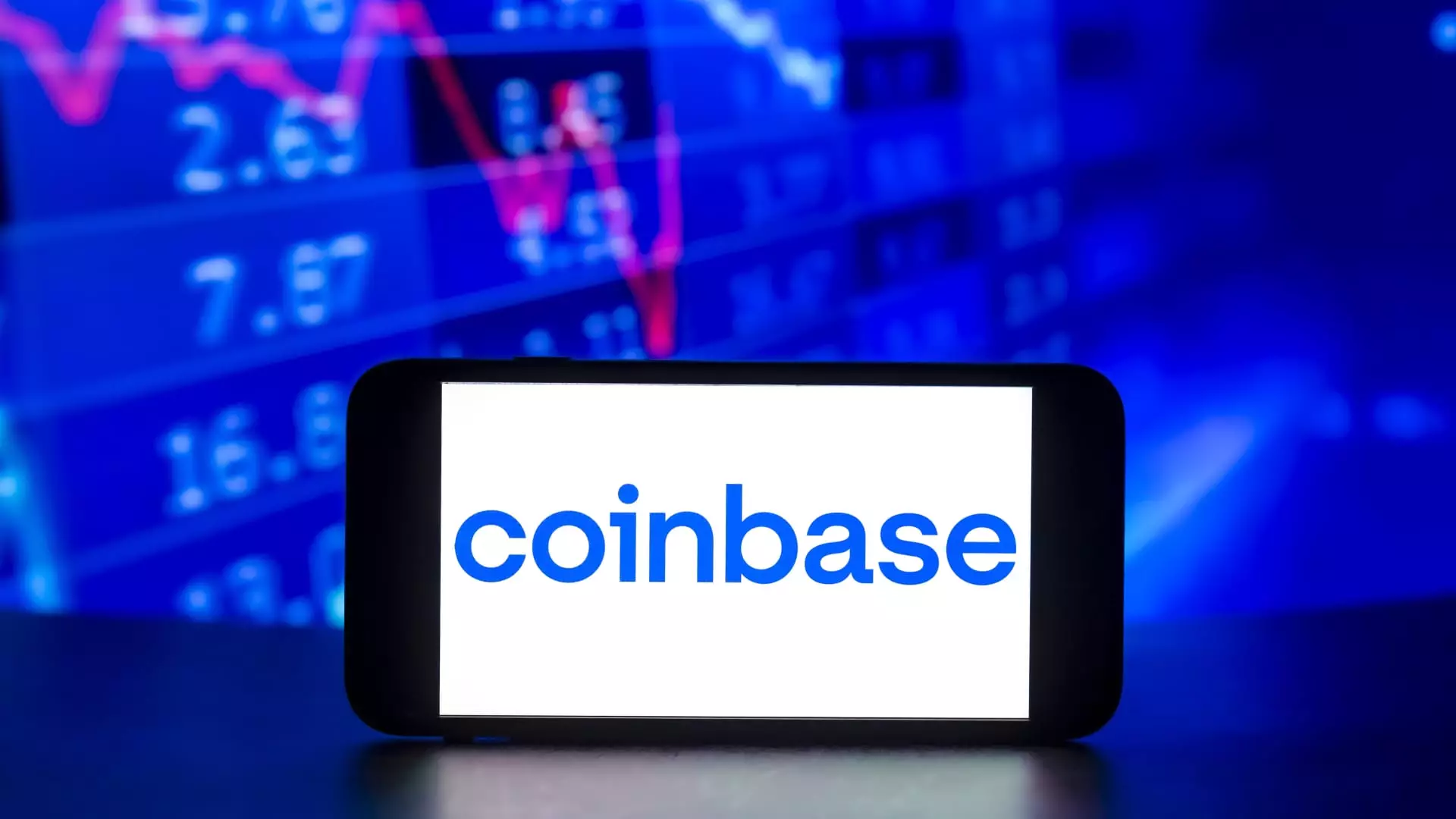The recent downturn in crypto stocks and digital asset prices serves as a stark reminder that the sector’s supposed resilience is more illusion than reality. While headlines often tout the rapid innovations and potential wealth-building opportunities within cryptocurrencies, the truth is that the market remains dangerously fragile, susceptible to external shocks and misguided investor optimism. Major players like Coinbase, eToro, and Robinhood experienced precipitous declines, revealing how quickly confidence can evaporate when broader market dynamics shift. This tendency toward volatility and speculative fervor exposes the underlying fragility that many investors overlook in their pursuit of quick gains. The supposed diversification benefits of crypto are illusory when the assets are tethered to tech stock movements, often amplifying rather than tempering risks.
Cautionary Lessons from the Fluctuating Prices
The downfall of prominent crypto companies and tokens—from Coinbase’s plunge to the alarming drop in DeFi-focused firms—illustrates the perils of complacency fueled by hype and unregulated markets. The steep decline in crypto treasury firms like Bitmine Immersion and DeFi development firms underscores an uncomfortable truth: much of the bullish narrative is built on speculation rather than fundamentals. Prices of Bitcoin and Ether, often heralded as safe havens in previous surges, are now spiraling downward, betraying their role as reliable stores of value. This shift should prompt a reevaluation of the narrative that blockchain and cryptocurrencies are immune to economic downturns or policy shifts. The market’s brutal volatility underscores that it remains a high-risk arena, best suited to cautious, informed investors who understand that momentum can turn overnight.
The Central Bank’s Role: A Double-Edged Sword
In the current environment, the Federal Reserve’s policy stance acts like a double-edged sword. On one hand, dovish signals and potential rate cuts can spur a modest revival of crypto optimism—yet these same cues often precipitate a short-sighted rush for profits, disregarding long-term stability. Investors are eagerly awaiting signals from Jerome Powell at the Jackson Hole symposium, but history suggests that market participants tend to overreact to such events, either overly bullish or precipitously fearful. This oversensitivity highlights a fundamental flaw: a market driven more by speculative narratives and policy uncertainty than solid economic fundamentals. Genuine progress in the crypto space requires a maturity that many participants are still lacking; speculative bubbles are less a sign of innovation and more an indicator of mass psychological fragility.
Reevaluating the Promises of Crypto: From Hype to Substance
The recent boom—borne out of Coinbase’s inclusion in the S&P 500, the IPO of Circle, and new legislation around stablecoins—may seem like validation. Yet, beneath these achievements lies an unstable foundation built on speculative sentiment and regulatory ambivalence. The hype has often masked fundamental shortcomings: lack of transparency, susceptibility to market manipulation, and an overreliance on narratives that are rarely grounded in real-world utility. Investors’ expectation of imminent rate cuts in September and beyond is inherently risky; it feeds into a cycle of hope and disappointment, undermining faith in the sector’s long-term viability. The crypto market’s recent turmoil should serve as a wake-up call—a reminder that sustainable growth is only possible when innovation is coupled with regulatory clarity, transparency, and robust fundamentals. Until then, the rapid gains and spectacular crashes will continue to define the landscape.

